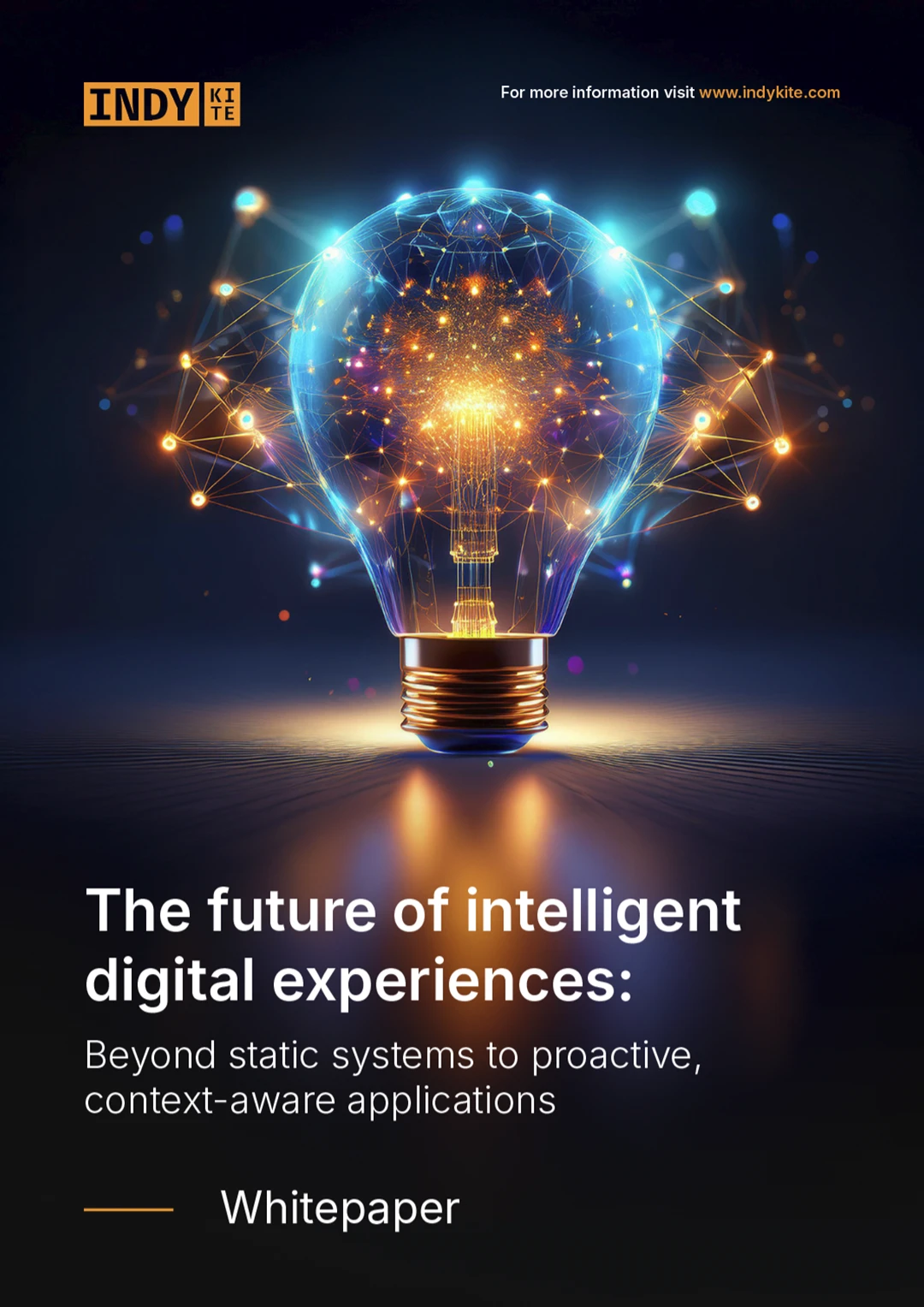Three Relationship Superpowers
As a futurist I study trends shaping the future of technology. For some years, I have followed the explosion of IoT devices with curiosity on how they will impact our businesses. I’m new to the graph database party, and it seems like a non-trivial amount of work to reconfigure your database from a hierarchical model to a graph model. What value can you really unlock when you look at the relationships between things? I found three super powers.
Superpower 1: A New Category of Data
Your business collects data about objects, things, and people. Most businesses store this information in a traditional relational database or even a mainframe. In the graph database world, this information is called a node. Between each node is a link that represents the relationship between nodes. This link is the first super power, a new category of collected data--the data of relationships.
Previous databases did not enable us to collect data about the relationship *between* things. At IndyKite, we use graph databases to explore relationships between IoT and human identity in order to innovate IAM. To unlock this new category of data, you have to adopt a new model for your data management system. And when you upgrade your system, you don’t just unlock the ability to collect this new data type, you gain performance improvements as well.
Power 2: Speed and Performance Upgrades
The more data you store in a relational database, the slower it takes to conduct a query on the data. And relational databases decrease in performance as their size increases. We collect more data than ever, and this is only going to increase. That means, as we increase our data sets, relational databases will perform more poorly.
Graph databases collect data on the nodes, just like relational databases, and they also collect data on the relationships between the nodes, which is both more complex for relational databases as well as increases the size of the dataset. While the size of the dataset impacts the performance of relational databases, especially when querying the data, dataset size does not impact the performance of graph databases.
That means that even if your existing relational database can solve the same problems as a graph database, the graph database will be faster, especially if you are querying large datasets to return results with near-real time expectations. A graph database also has a more user friendly query language.
Power 3: Unlocking Data Intelligence for next level IAM
As described in power 1, you create a new category of data by moving your data from a relational database to a graph database and tracking the relationships between things. What’s the value of this relationship data? What can you learn from it? Is it really that powerful?
The value comes from mining the data from relationships which were previously inaccessible to data analysis. From here you can gain insights to optimize your business operations, customer service, and identity management.
At IndyKite, we mine this data to provide IAM insights. For example, understanding the relationships can help onboard new accounts by giving them role-based authorization and dashboard personalization.
New customers get one set of personalizations, while admins get another. If you are onboarding a number of new data assets with a dataops project, you can use it to discover the identity of things on your network. Mash this up with data intelligence and you can begin to automate some interesting things like context-driven and relationship based authorization. Say goodbye to static authorization rules, and leverage the power of persistent security and adaptive decisions. You can prepare your data for use in machine learning models to gain insights.
And your data can include embedded trust, so no matter who it is shared with, they know they can trust it. The specifics really depend on your business, the data you already collect and your business model.
So those are three superpowers in knowing about the relationships between things.
Here at IndyKite, we are building an ecosystem to help you harness the power of your data and increase the resilience and flexibility of your IAM system. We’d love to have a specific conversation about unlocking the power of relationships for next level IAM for your business.


















